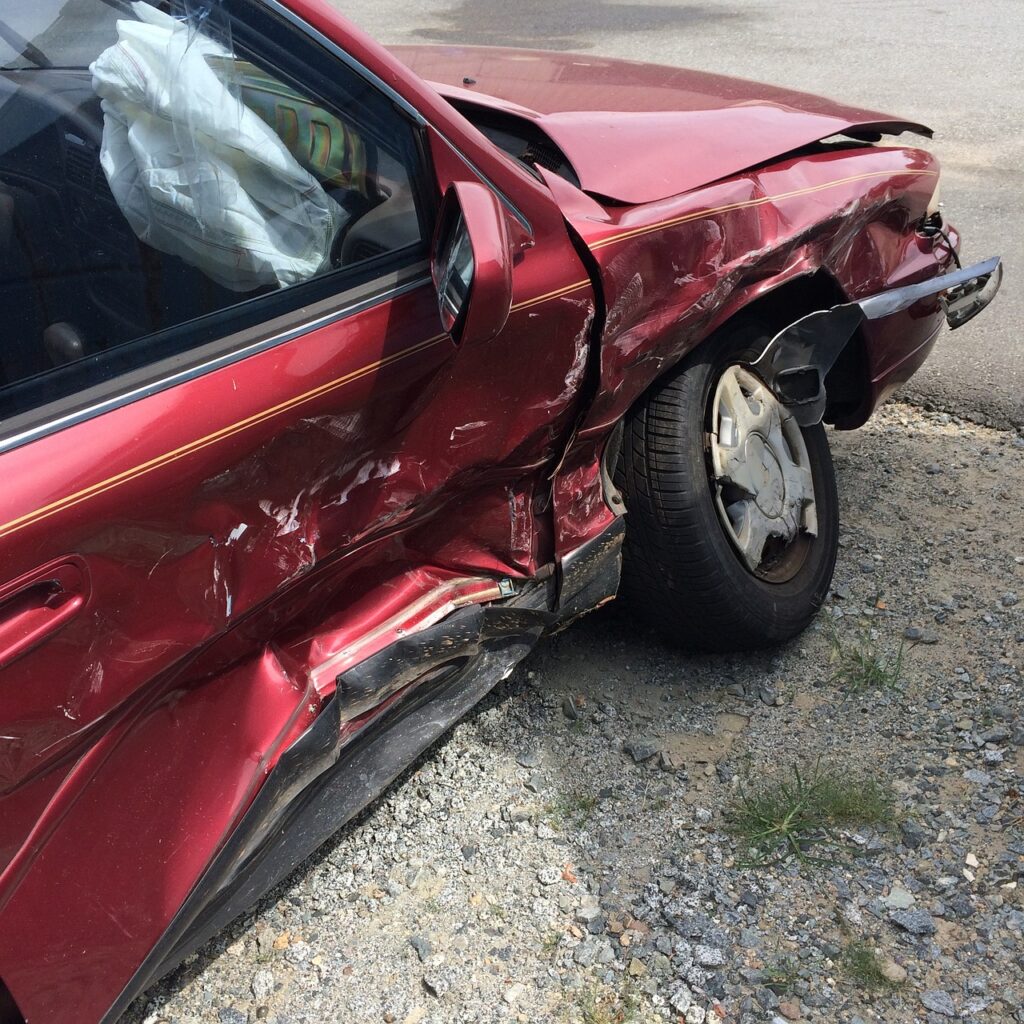
In the United States, each state has its laws regarding car insurance and how claims are handled after an accident. The main distinction lies between “fault” and “no-fault” states.
In fault states, the driver responsible for the accident is liable for the damages. However, in no-fault states, each driver’s insurance company covers their own medical expenses, regardless of who caused the accident.
This article will break down the key differences between fault and no-fault states, explaining how your car accident claim works in each scenario.
Table of Contents
Fault States: Who Pays for What?
In fault states, also known as tort states, the person who caused the car accident is responsible for the damages. This system relies on determining fault after an accident. If you are involved in a car accident in a fault state, here are the steps typically followed:
Determination of Fault
The first step is to determine which driver is at fault for causing the accident. This involves collecting evidence such as police reports, witness statements, and any available camera footage. Insurance adjusters use the information collected to assign fault percentages to each party involved in the accident based on state laws and regulations.
Filing a Claim
Once fault is determined, the non-faulty party can file a claim against the at-fault driver’s insurance company. They can seek compensation for medical expenses, lost wages, and other damages.
However, for this, you need to notify the at-fault party’s insurer promptly about your intention to file a claim. The insurance adjuster will review the claim and may request additional information or conduct an independent assessment of the damages. This process can vary in length, depending on the complexity of the accident and the clarity of fault.
Legal Action
According to the Herrman & Herrman Austin car accident lawyer, if the insurance settlement is unsatisfactory, the injured party can file a lawsuit against the driver at fault to seek additional compensation.
Working with the lawyers makes this process seamless as they understand the ins and outs of state laws. They will actively listen to your needs and provide personalized advice to help you handle your challenges and recover your financial losses.
No-Fault States: A Different Approach
In no-fault states, the process is quite different. Regardless of who caused the accident, each driver files a claim with their insurance company. Here’s what typically happens in these states:
Personal Injury Protection (PIP)
In no-fault states, drivers usually carry Personal Injury Protection (PIP) as a mandatory part of their insurance policy. PIP coverage is designed to ensure that after an accident, your medical expenses are covered quickly without the need to establish fault.
This can include costs for hospital visits, medical treatment, and sometimes rehabilitation services. It also covers lost wages and funeral expenses.
Filing a PIP Claim
After experiencing a car accident in a no-fault state, you should file a PIP claim with your insurance provider as soon as possible. The process typically involves submitting a claim form along with any required documentation that your insurer needs to assess the claim, such as medical records and a copy of the police report, if available.
Once approved, the compensation is generally quick, which helps alleviate financial burdens while you recover. It is worth noting that you’ll receive compensation up to the limit of your policy, regardless of who was at fault.
Restrictions on Lawsuits
One of the key features of no-fault insurance systems is the restriction on lawsuits. These restrictions are intended to keep minor claims out of the courts, reducing legal costs and the time it takes to resolve claims.
In no-fault states, you can’t sue the other driver for additional compensation unless your situation meets certain criteria, typically involving severe injuries or exceeding a specified medical cost threshold.
This means if your injuries are significant and your PIP coverage isn’t sufficient to cover all your expenses and losses, then, and only then, might you be able to pursue additional legal action against the driver at fault.
Which States Are Fault or No-Fault?
Currently, twelve states and Puerto Rico operate under no-fault laws:
- Florida
- Hawaii
- Kansas
- Kentucky
- Massachusetts
- Michigan
- Minnesota
- New Jersey
- New York
- North Dakota
- Pennsylvania
- Utah
The remaining states follow a fault-based system. However, some states, like New Jersey, Pennsylvania, and Kentucky, offer drivers a choice between no-fault and fault coverage.
To Sum It All Up
Understanding the difference between fault and no-fault states is key to managing the aftermath of a car accident. However, consulting an experienced attorney is always a good idea if you’re unsure about anything. They can help you get the justice and rightful compensation you deserve.
